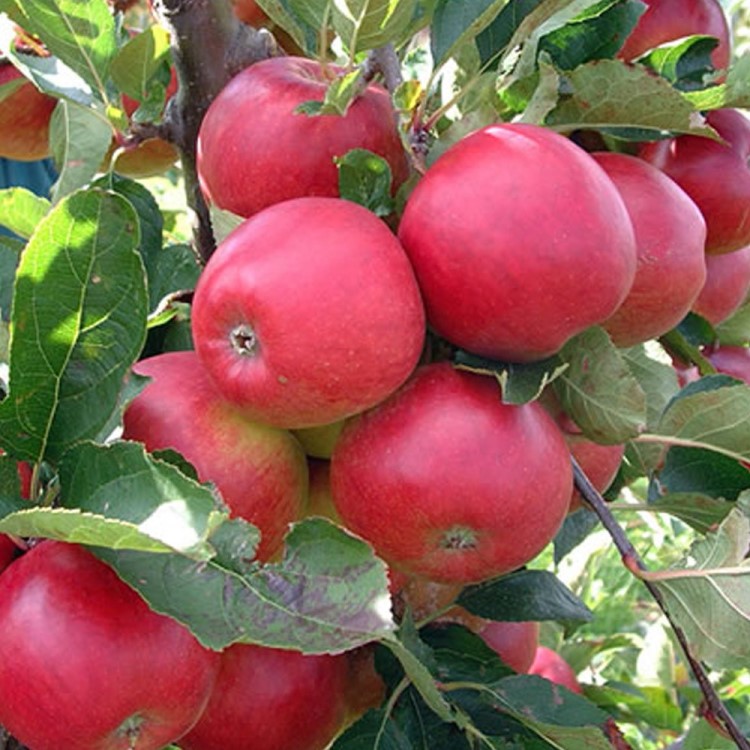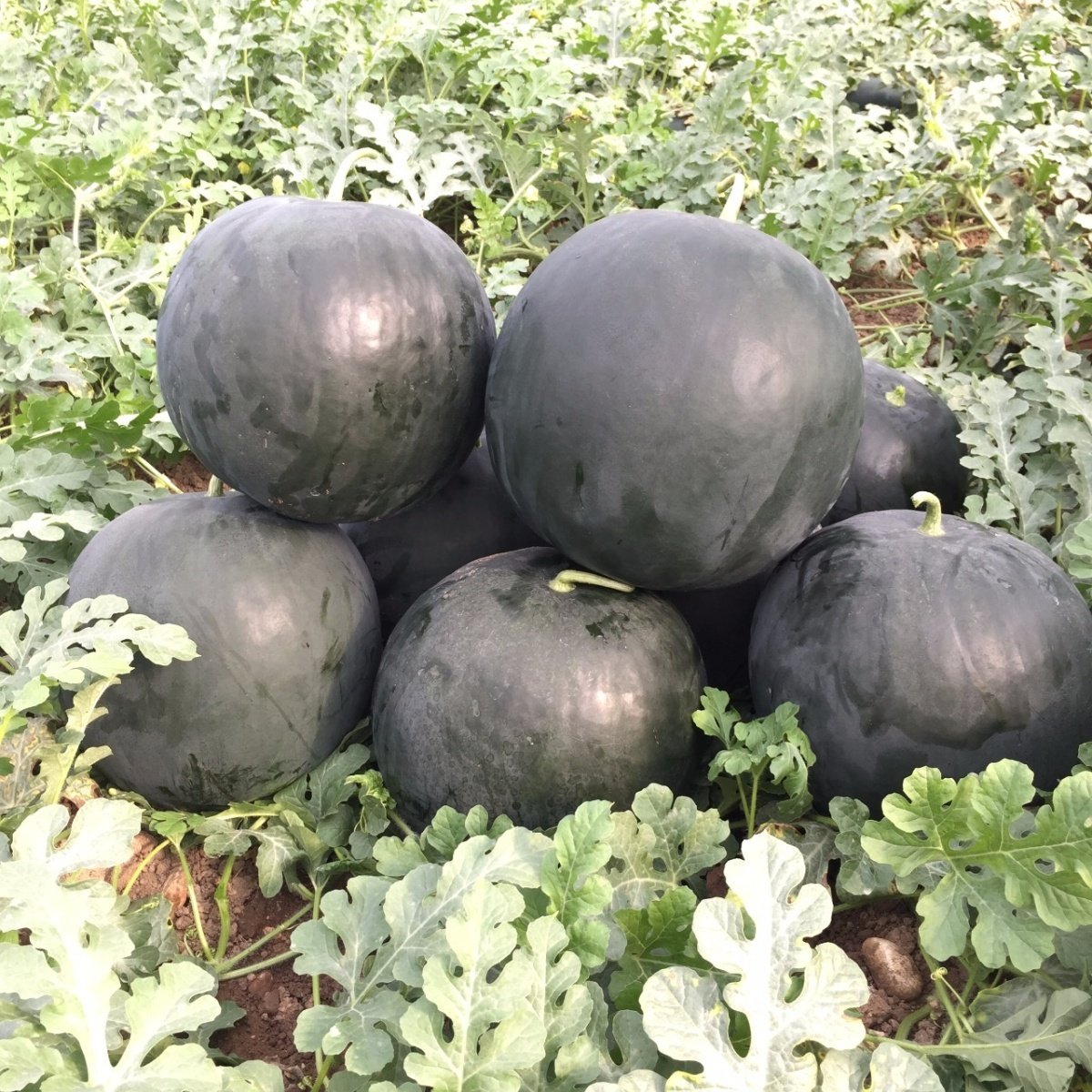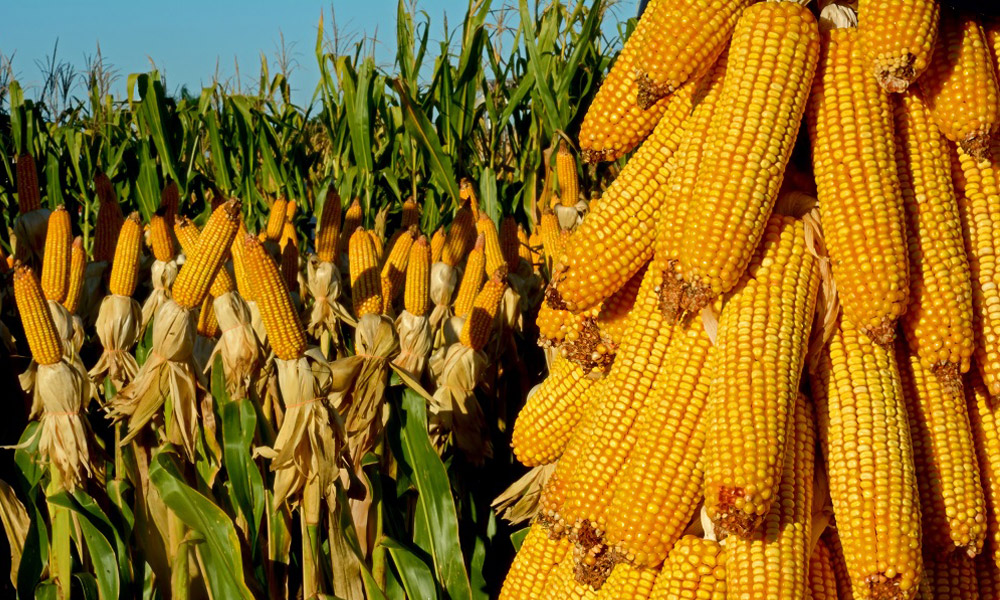
The Importance of Calcium
Calcium is an integral part of the plant cell wall and is therefore known as the plant nutrient that regulates the cell wall structure. The intake of calcium by plants is very low and they are taken from the soil in the form of Ca ++ ions. Its transportation is largely dependent on transpiration. Carrying of Ca in xylem tissue does not occur with mass flow. This suggests that calcium is extremely inactive in the plant. Ca content in phloem tissues is very low. This causes frequent calcium deficiency in fruits that provide a significant part of their nutrients through phloem tissues.
Calcium is an immobile (immobile) element. It stays in the tissue (Leaf or fruit) it carries.
It supports the root formation in the early period. Application should be made starting from low doses from planting. Plants are more resistant to diseases if there is enough calcium. Calcium deficiency is especially important in apples. The bitter speck in apples is a result of Ca deficiency. Bitter speck is a physiological disorder that occurs in apples near harvest or during storage after harvest, and which causes deformities on the shell when viewed from above.
In order to prevent bitter speckle in apples, it is necessary to apply sufficient calcium from drops and leaves. Since calcium nitrate is not required (containing nitrogen), it is used products with calcium chloride. It is necessary to make regular calcium fertilization to prevent flower tip nose rot seen in tomato fruits. Calcium fertilizer should be applied 15 days apart from planting. If necessary, top application should be done.







